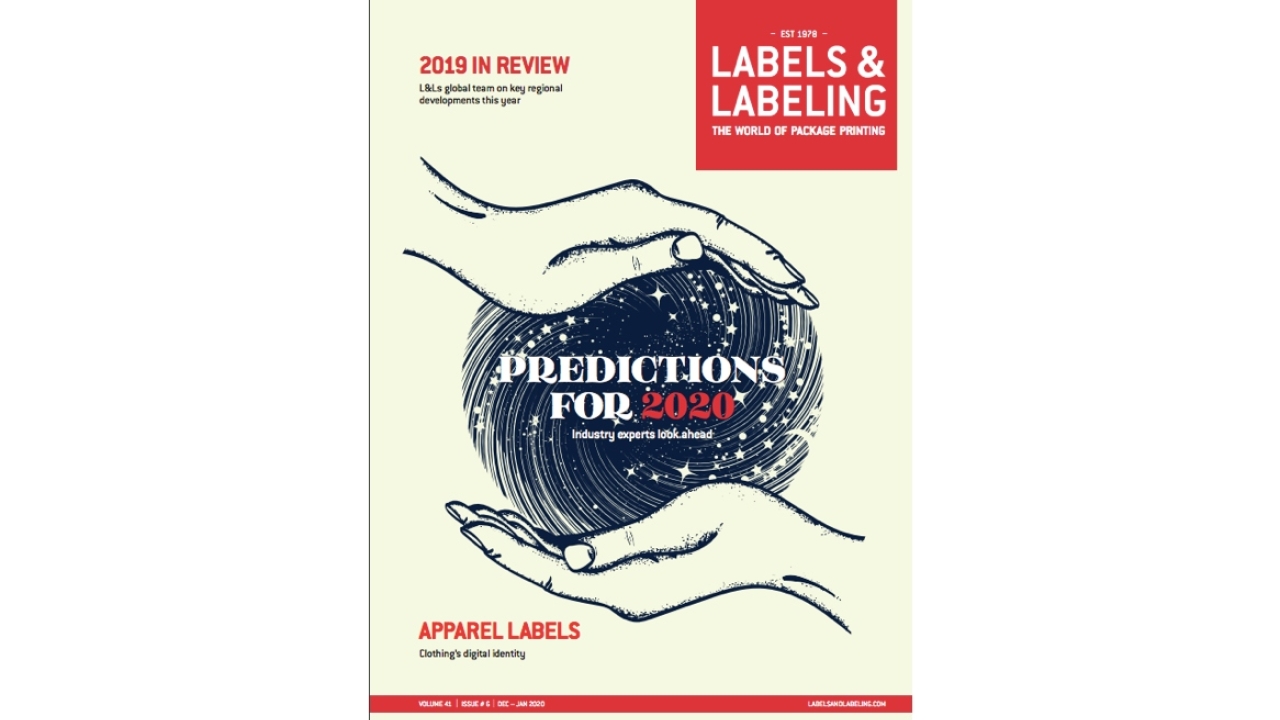Editor’s note: Challenges and opportunities

Our global editorial team takes a look at various markets: Europe, North America, Southeast Asia, China, India and Africa. Some common themes emerge. Growth has slowed – both in economic terms and within the label industry (not unrelated, of course) – in the developed markets of North America and western Europe, which are also facing challenges relating to a shortage of skilled labor and concerns around environmental sustainability.
Challenges are to be found in the developing markets, too, particularly with regard to tighter regulatory environments in India and China. But there is plenty of scope for optimism. Under pressure, creative converters are finding new opportunities in areas such as flexible packaging and smart label applications.
So where will growth come from in the near future? In his column in this issue of L&L, Mike Fairley points out that six of the forecast top ten GDP growth markets by 2024 are all in Africa, while the likes of China, India, and Southeast Asia are all still showing solid growth.
With sluggishness in the global economy, IMF projections for 2020 show global growth at just 3.5 percent. But the label industry has largely grown at between 1 or 2 percent above GDP worldwide for many years, so the long term label industry trend of global growth of somewhere between 4 and 6 percent still seems achievable. But that is likely to be largely attained in the world’s biggest growth markets in Asia and Africa.
The developed label markets of Europe and North America undoubtedly have their own challenges to remain competitive, with investment particularly targeted at efficiency, productivity, workflow automation, waste reduction and environmental performance. The industry has had its challenges before, but, as Fairley writes, ‘it is probably the most adaptable and technology sophisticated of all the print sectors’. It may become more streamlined, more automated and more environmentally conscious – but it will undoubtedly survive and continue to grow.
Stay up to date
Subscribe to the free Label News newsletter and receive the latest content every week. We'll never share your email address.


